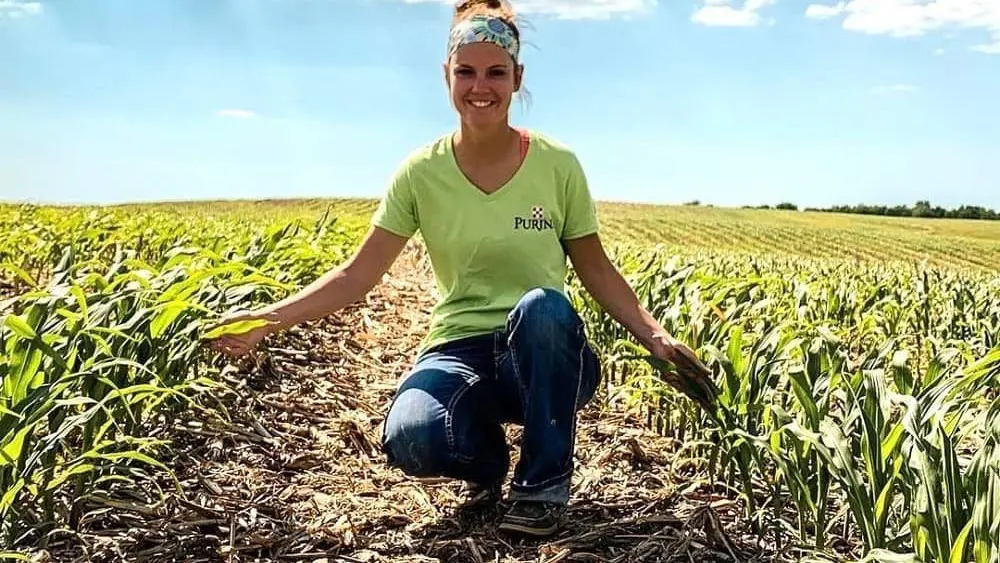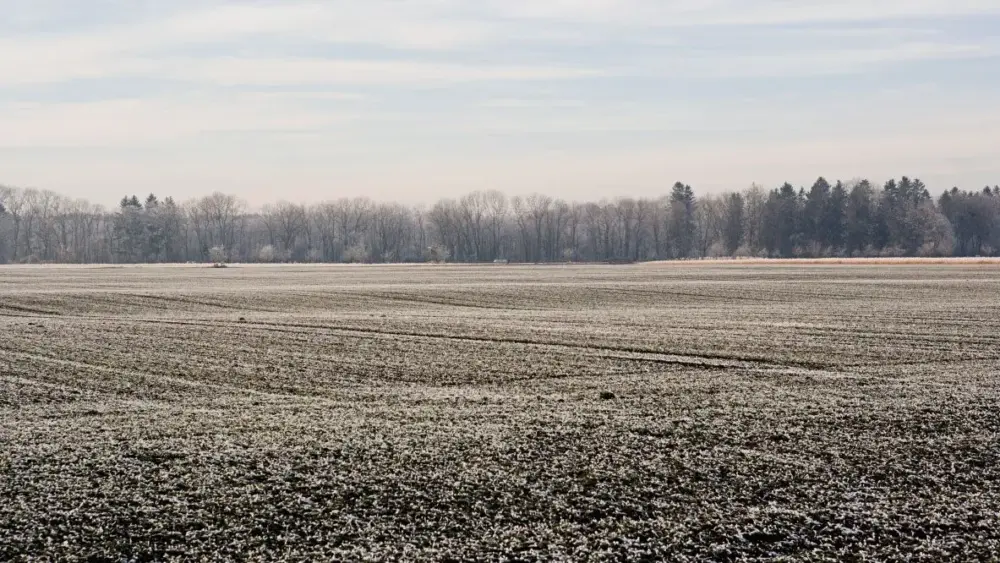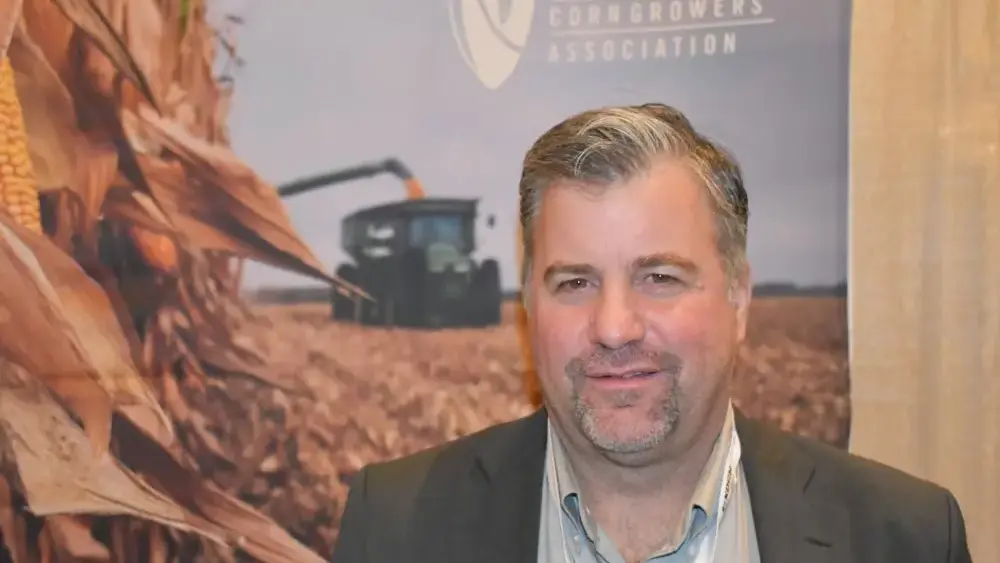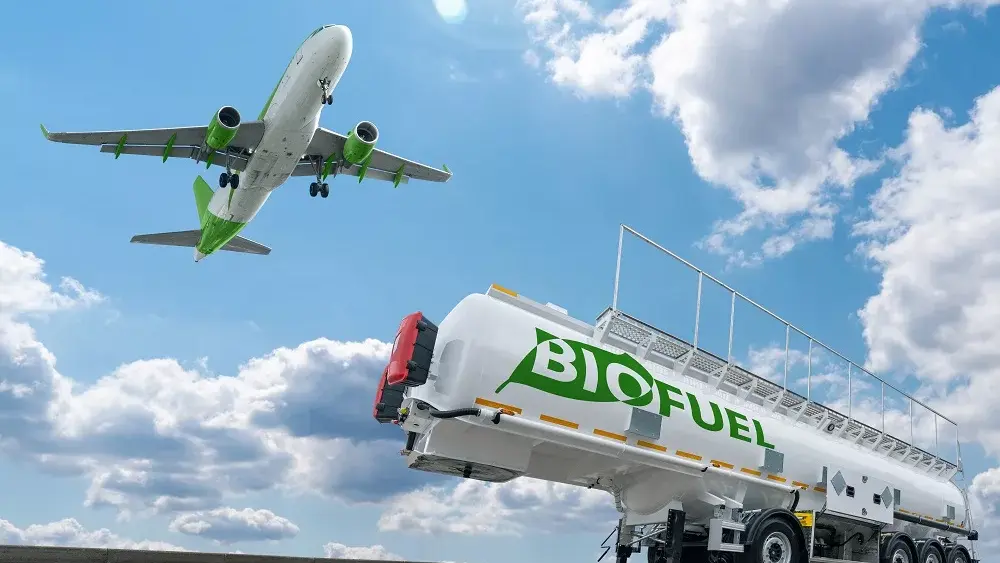The United Soybean Board continues to invest checkoff dollars into many projects, and at Commodity Classic last week in New Orleans they shared the positive news with farmers. The USB initiatives, including research and infrastructure help return money to the nation’s soybean growers.
“For about every dollar that we’ve invested, we’ve put about $12 back into their pocket or a little bit more. Our goal is to continue to add zeroes onto all the dollars that the checkoff is trying to reinvest for them,” says Indiana farmer Kevin Wilson, a director for USB.
 One of the USB’s projects is promoting high oleic soybeans and the benefits of soy oil from those beans. Wilson says the organization’s goal is to increase the number of acres planted with high oleic soybeans by 200,000 this year.
One of the USB’s projects is promoting high oleic soybeans and the benefits of soy oil from those beans. Wilson says the organization’s goal is to increase the number of acres planted with high oleic soybeans by 200,000 this year.
“What we’re trying to do now is make sure that we’re working with all avenues to increase the availability of seed to more and more farmers across the Midwest so that they all have different opportunities to continue to raise because what we’re finding out is we’re getting more and more now from companies that are asking, and they’re wanting more information about the benefits of high oleic.”
After losing billions of pounds of annual soybean demand due to trans-fat labeling, high oleic soybean oil addresses many food industry customers’ needs as a trans-fat-free replacement for partially hydrogenated oil, helping farmers regain lost markets.
“And it’s not just in the cooking area,” Wilson said. “We’re finding it has value in motor oils and synthetics, so we have different people starting to come to us and ask more and more questions. So we continue to think the demand will continue to grow and now we’re at the point of working to get more and more production out and more and more farmers across the Midwest to have markets for it as well. It looks pretty promising to me.”
This will be the eighth year that Wilson has raised high oleic on his farm. Michigan, Indiana and Ohio farmers were the first to grow the bean when launched in 2012.





